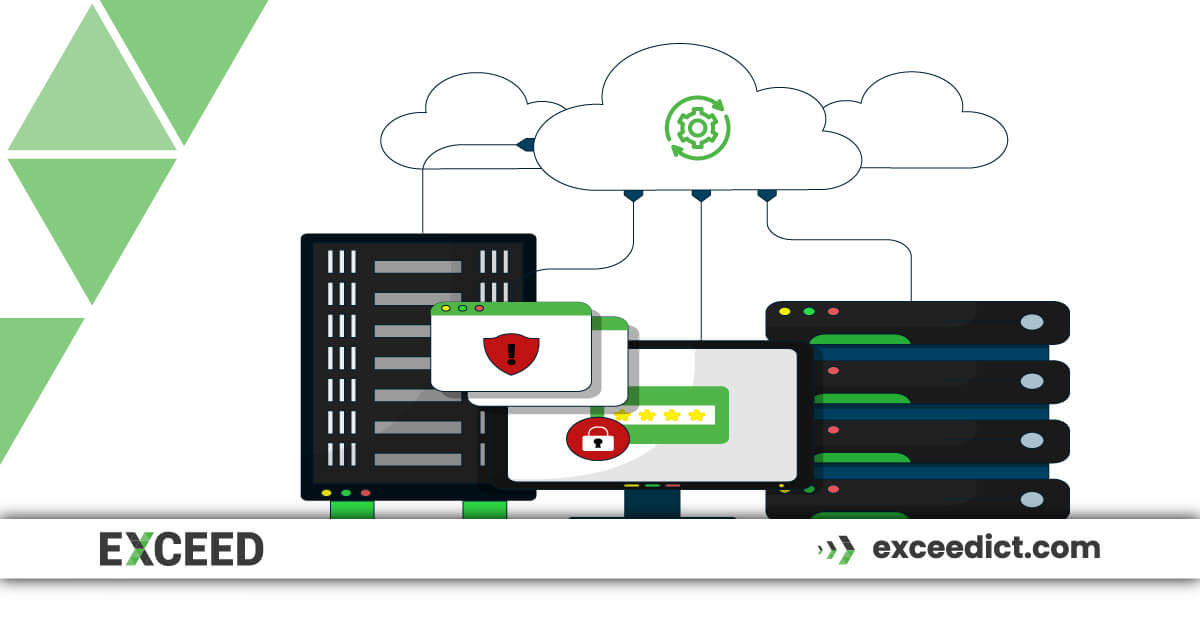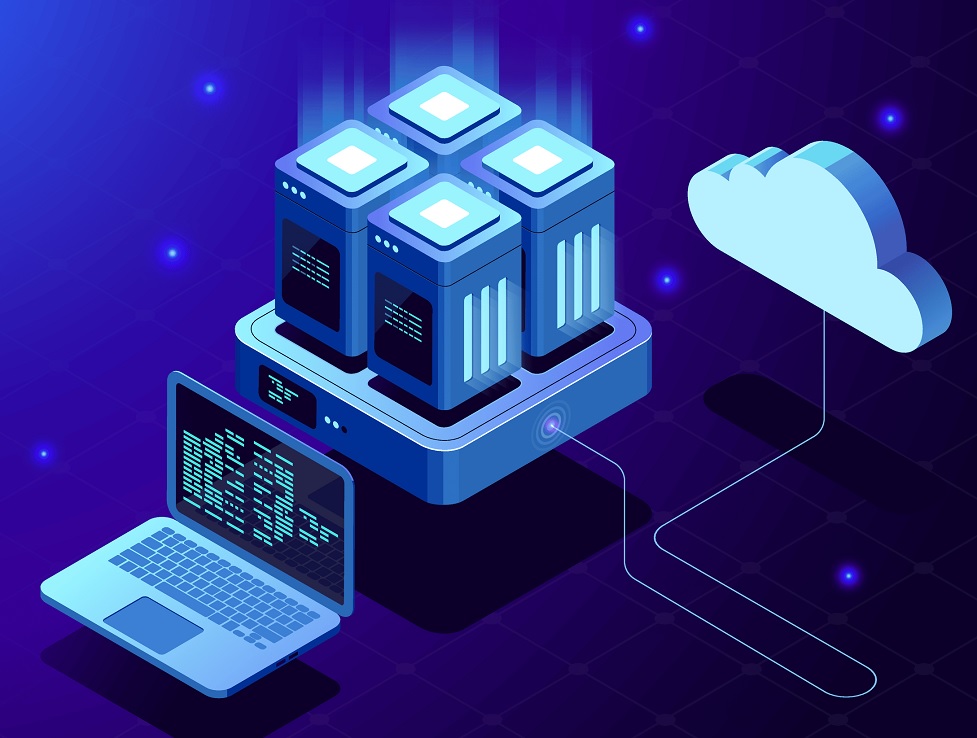

Network Disaster Recovery Plan Sample: In today’s digitally connected world, where businesses rely heavily on networks for their day-to-day operations, the importance of having a robust Network Disaster Recovery (NDR) plan cannot be overstated. From cyber threats to natural disasters, various challenges can jeopardise the integrity and functionality of your network.
In this article, we’ll delve into the intricacies of creating a comprehensive Network Disaster Recovery plan to shield your network from unforeseen disasters.
Network Disaster Recovery Plan Sample
In the digital age, where information is a cornerstone of business operations, the vulnerability of networks to disasters poses a significant threat. The introduction sets the stage by emphasising the critical role of a well-thought-out NDR plan and provides a brief overview of what the article will cover.
2. Understanding Network Vulnerabilities
Before devising a recovery plan, it’s crucial to identify potential threats and assess risks. This section explores the various vulnerabilities that networks may face, laying the foundation for a targeted disaster recovery strategy.
2.1 Identifying Potential Threats
Identifying potential threats involves a systematic analysis of the various factors that could compromise the integrity and functionality of a network. This includes both external and internal threats.
2.2 Assessing Risks
Once potential threats have been identified, the next step is to assess the risks associated with each threat. Risk assessment involves evaluating the likelihood of a threat occurring and the potential impact it could have on the network.
3. Building a Robust Disaster Recovery Team
No plan is effective without the right people. This section outlines the key roles and responsibilities within a disaster recovery team and emphasises the importance of training and preparedness.
3.1 Key Roles and Responsibilities
Defining roles ensures that responsibilities are clearly delegated, enhancing efficiency during recovery efforts. In a disaster recovery team, clarity is key.
Each member has a specific role:
Incident Commander: Takes charge and makes critical decisions.
Communication Coordinator: Ensures seamless information flow within the team and to stakeholders.
Technical Expert: Provides in-depth technical solutions and works closely with the Incident Commander.
Data Recovery Specialist: Focuses on retrieving and restoring data, requiring expertise in recovery tools.
Logistics Coordinator: Coordinates resources, equipment, and facilities for an effective recovery.
Training and Preparedness: Regular training exercises and preparedness drills keep the team sharp and ready to respond swiftly in times of crisis.
3.2 Training and Preparedness
To ensure the team’s readiness:
-
- Conduct scenario-based training for real-world simulations.
- Emphasize cross-training for flexibility in roles.
- Encourage continuous learning through workshops and certifications.
- Conduct regular mock drills to refine technical and communication skills.
4. Mapping Your Network Infrastructure
To recover efficiently, you must first understand your network’s layout. This section explores the importance of documenting critical components and creating comprehensive network diagrams.
4.1 Documenting Critical Components
In the realm of network disaster recovery planning, documenting critical components is akin to creating a detailed roadmap for navigating potential crises. This involves compiling a comprehensive inventory of all the essential elements that make up your network infrastructure. From hardware devices such as servers and routers to software applications and configurations, every facet that plays a vital role in the network’s functionality needs to be meticulously recorded.
4.2 Creating Network Diagrams
While documenting critical components provides a textual overview, creating network diagrams adds a visual layer to understanding the intricate interconnections within your network infrastructure. Network diagrams are graphical representations that map out the relationships between various devices, illustrating how data flows and where potential points of failure may exist.
5. Implementing Redundancy and Backups

Redundancy and backups are the backbone of any disaster recovery plan. This section dives into the importance of redundancy and the various types of backups available.
5.1 Importance of Redundancy
In a disaster recovery plan, redundancy is crucial. It means having backups for essential components, ensuring that if one fails, another takes over instantly. Redundancy minimises downtime, the period when your network isn’t functioning optimally.
For example, if a server fails, a redundant one kicks in, maintaining uninterrupted operations. It’s a proactive approach, addressing potential failures before they impact your network, making your disaster recovery plan resilient and reliable.
5.2 Types of Backups
Understanding backup types is like having a toolkit with various tools for different purposes. Different data has varying criticality levels, so not all backup strategies fit all. Here’s a quick breakdown:
5.2.1 Full Backups: Copy all data entirely. Comprehensive but time-consuming.
5.2.2 Incremental Backups: Capture changes since the last backup. Efficient but requires systematic restoration.
5.2.3 Differential Backups: Capture changes since the last full backup. Quicker restoration but needs more storage.
5.2.4 Snapshot Backups: Capture the system’s state at a specific time. Quick restoration to an exact point. Efficient for rapid recovery from errors.
Understanding these types empowers organisations to tailor their backup strategy based on data criticality, recovery time, and resources. It’s about having the right backups for an efficient disaster recovery process.
6. Establishing Communication Protocols
In times of crisis, communication is the linchpin of a successful disaster recovery effort. This section delves into internal communication strategies (6.1) and the external communication plan (6.2) for seamless information flow within the team and transparent communication with stakeholders, clients, and the public.
6.1 Internal Communication Strategies
Effective internal communication involves clear lines, enhancing coordination and response time.
6.1.1 Dedicated Communication Channels
Establish specific channels like instant messaging or emails for swift information exchange.
6.1.2 Regular Updates and Check-Ins
Frequent updates and check-ins foster a shared understanding, aiding quick adaptation.
6.1.3 Designating Communication Roles
Assign roles for information dissemination, updates, and liaising with external parties.
6.1.4 Emergency Protocols
Define emergency communication protocols to guide information sharing during crises.
6.2 External Communication Plan
External communication extends to stakeholders, clients, and the public, focusing on trust and transparency.
6.2.1 Identifying Key Stakeholders: Recognise key stakeholders like clients and regulators to tailor messages effectively.
6.2.2 Timely and Transparent Updates: Provide timely updates with transparency, conveying recovery steps and anticipated timelines.
6.2.3 Designated Spokesperson: Appoint a spokesperson well-versed in the recovery plan for clear and confident messaging.
6.2.4 Multi-Channel Approach: Use diverse channels like press releases and social media for reaching different audiences.
6.2.5 Addressing Concerns: Acknowledge concerns, offering reassurance to maintain trust during challenging times.
7. Choosing the Right Disaster Recovery Tools
The market offers various tools for disaster recovery. This section guides readers on evaluating available technologies and customising tools to fit their network’s unique requirements.
7.1 Evaluating Available Technologies
To start, you need to assess the strengths and weaknesses of different tools. Every tool has its perks and limitations. Recognising what each excels at and where it falls short is vital for informed decision-making.
7.2 Customising Tools for Your Network
Once you’ve chosen tools that align with your recovery needs, the next step is customisation. This involves tailoring the tools to your network’s unique dynamics:
Tailoring for Specifics
-
- Understand your network: Know the ins and outs, including the types of data, scale of operations, and specific vulnerabilities.
- Adapt to infrastructure: Ensure tools seamlessly integrate with your existing setup and won’t cause conflicts.
- Consider scalability: Prepare tools to scale with your network growth without compromising efficiency.
Optimising Effectiveness
-
- Streamline processes: Customised tools should enhance data backup, recovery times, and system restoration.
- Automate where possible: Use automation to reduce response times during emergencies.
- User training: Ensure tools are user-friendly and familiar to your team, focusing on features relevant to your network.
8. Testing and Simulation Exercises

Regular testing and simulation exercises are the litmus test for any recovery plan. This section highlights the importance of ongoing testing and offers insights into simulating various disaster scenarios.
8.1 Importance of Regular Testing
Regular testing is the heartbeat of a robust disaster recovery plan. It ensures your plan stays current with the latest technologies, addressing new threats. It identifies weaknesses proactively, familiarises the team with roles, meets compliance requirements, and builds confidence.
8.2 Simulating Various Disaster Scenarios
Simulating different disaster scenarios is the practical application of preparedness. It prepares the team for real-world unpredictability. Simulations assess response capabilities, enhance decision-making skills, test coordination and communication, and create a learning experience for continuous improvement.
9. Monitoring and Early Detection Systems
Preventing disasters is as important as recovering from them. This section delves into implementing monitoring solutions and detecting anomalies and unusual activity before they escalate.
9.1 Implementing Monitoring Solutions: Proactive monitoring helps identify potential issues before they cause significant damage.
9.2 Detecting Anomalies and Unusual Activity: Early detection enables swift responses, minimising the impact of potential disasters.
10. Ensuring Data Integrity and Security
Networks are a treasure trove of sensitive information. This section explores measures such as encryption and access controls to maintain data integrity and security.
10.1 Encryption Measures: Encrypting data adds an extra layer of protection against unauthorised access.
10.2 Access Controls: Strict access controls limit potential breaches and unauthorised use.
11. Cloud-Based Disaster Recovery Solutions
Cloud integration provides an additional layer of protection. This section discusses the benefits of integrating cloud services into your recovery plan and how to choose the right ones.
11.1 Benefits of Cloud Integration: Scalability, accessibility, and redundancy are among the key benefits of leveraging cloud services.
11.2 Selecting Appropriate Cloud Services: Choosing services that align with your network’s needs ensures a seamless integration.
12. Legal and Compliance Considerations
Networks must adhere to data protection laws and regulatory requirements. This section explores the legal and compliance aspects of disaster recovery planning.
12.1 Adhering to Data Protection Laws: Ensuring compliance with data protection laws safeguards the organisation from legal repercussions.
12.2 Regulatory Compliance: Understanding and meeting industry-specific regulations is crucial for overall compliance.
13. Creating a Network Recovery Policy
A well-defined recovery policy is the guiding document for crisis situations. This section guides readers in developing a comprehensive policy, involving stakeholders in its creation.
13.1 Developing a Comprehensive Policy: Creating a policy tailored to the organisation’s needs ensures a clear path during recovery efforts.
13.2 Involving Stakeholders in Policy Creation: Incorporating insights from various stakeholders ensures a well-rounded recovery strategy.
14. Continuous Improvement and Adaptation
Learning from past incidents is crucial for continuous improvement. This section emphasises the importance of updating and enhancing the disaster recovery plan based on experiences.
14.1 Learning from Past Incidents: Analysing past incidents provides valuable insights into potential improvements.
14.2 Updating and Enhancing the Disaster Recovery Plan: A dynamic recovery plan adapts to the evolving landscape of threats and technologies.
In wrapping up the article, a concise summary reinforces the key strategies discussed, urging readers to take proactive steps in implementing a robust network disaster recovery plan.
FAQs
How often should we update our disaster recovery plan?
Regular updates are recommended, at least annually, and after any significant changes to the network.
Can a small business benefit from a comprehensive disaster recovery plan?
Absolutely. Even small businesses can face significant disruptions, and a recovery plan is essential for minimising downtime.
Is cloud-based recovery suitable for all types of networks?
Cloud-based recovery can be adapted for various networks, but the suitability depends on specific needs and considerations.
What legal consequences can arise from a failure to comply with data protection laws during a disaster?
Failure to comply can result in hefty fines and damage to the organisation’s reputation.
How can I convince stakeholders of the importance of investing in a disaster recovery plan?
Demonstrating potential financial losses during downtime and emphasising the protection of sensitive data often convinces stakeholders.
You may also like to know more about
- Comprehensive IT and Network Disaster Recovery Plan Checklist.
- 6 Steps to a Successful Network Disaster Recovery Plan.
- Explaining Disaster Recovery Plan Key Features.
- Crafting an Effective Disaster Recovery Plan: What Should Be Included?
Stay connected with EXCEED ICT
Stay connected with EXCEED ICT by joining our social networks (given at footer). Get the latest updates, news, and tips for enterprise device deployment. Follow us on Twitter, Facebook, and LinkedIn for the best enterprise device deployment solutions.
Help us to improve our enterprise by rating us on Google Maps. Your feedback and comments are valuable to us and will be used to make our services even better.



